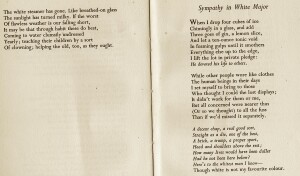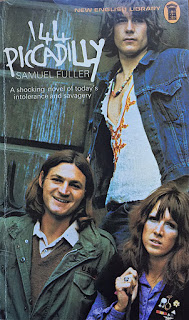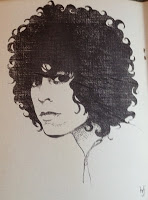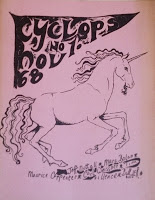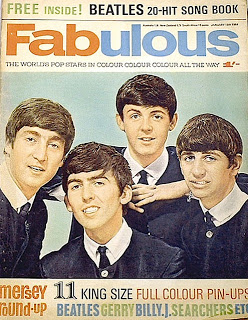 By the time The Whitsun Weddings had appeared in 1964 Larkin had become a major voice in contemporary poetry. As such he deserved a decent reviewer and he got one in D. J. Enright, a poet and critic two years older, who had reviewed XX Poems. The irony ( if that is the right word) is that the review of The Whitsun Weddings appeared in the New Statesman. Fast forward to the furore that accompanied the biography by Andrew Motion and the published letters edited by Anthony Thwaite, when left-wing readers of the ‘Staggers’ were among those who denounced the racist and xenophobic attitude of Larkin that he must have held at the time when The Whitsun Weddings came out. Of course Larkin, being Larkin, had kept his politics and racism out of this second collection.
By the time The Whitsun Weddings had appeared in 1964 Larkin had become a major voice in contemporary poetry. As such he deserved a decent reviewer and he got one in D. J. Enright, a poet and critic two years older, who had reviewed XX Poems. The irony ( if that is the right word) is that the review of The Whitsun Weddings appeared in the New Statesman. Fast forward to the furore that accompanied the biography by Andrew Motion and the published letters edited by Anthony Thwaite, when left-wing readers of the ‘Staggers’ were among those who denounced the racist and xenophobic attitude of Larkin that he must have held at the time when The Whitsun Weddings came out. Of course Larkin, being Larkin, had kept his politics and racism out of this second collection.
Enright remarks that the poet who ‘ wrote like an angel ‘was not averse to swearing in print, but felt that his ‘cock and balls’ (from ‘Sunny Prestatyn’) and ‘get stewed ‘ ( from ‘ A Study of Reading Habits’ ) just didn’t ‘read well.’ We feel differently now, of course, but back then established poets didn’t swear on paper. Enright isn’t put off by the bad language, but does feel that Larkin has a ‘valetudinarian attitude towards life ‘, although he couldn’t be called a debunker. He occasionally patronises his characters ( like Arnold in ‘ Self’s the Man’), but he doesn’t sneer at them.
‘If anyone takes a beating in this book, it’s the author himself. If Mr Larkin’s cheek doesn’t sport a ready tear, nonetheless compassion for others is never too far away; and there are even rare intimations of a sort of muted glory. He writes of failure, or insufficiency rather, or rather of velleities and second thoughts, of dubious buses not too bitterly missed, of doubts about doubts, and there is a gentleness., even a dry sweetness, to his tone of voice.’
Continue reading

